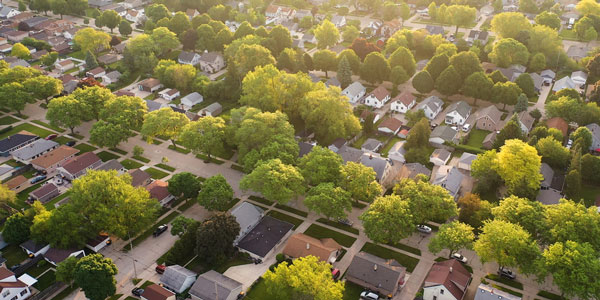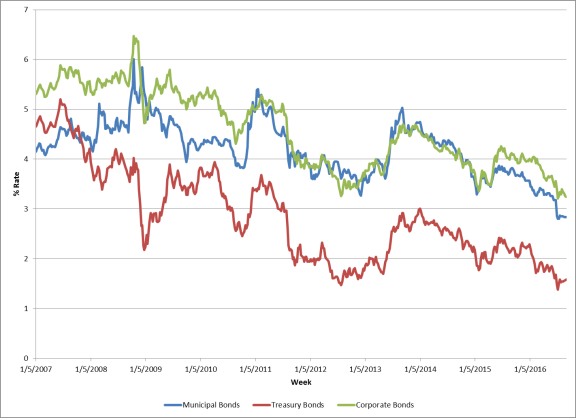Because the federal government is paying a portion of the interest on these bonds, state and local governments are able to borrow money for infrastructure projects at a reduced cost. You can imagine the program's success, and it wasn't only with cash-strapped governments that people took notice. BABs have been a godsend to investors because of their scarcity, greater yields, and safety compared to other debt offerings. We'll examine what Build America Bonds are, how they're issued, and how investors may acquire them, as well as show you how to invest in them using exchange-traded funds (ETFs).
What Are Build America Bonds?

Bondholders, as well as state and local governments, that participated in the taxable municipal bond program and purchased Build America Bonds (BABs) were eligible for tax credits and subsidies from the federal government. The American Recovery and Reinvestment Act (ARRA) was signed into law by President Obama in 2009, and it featured the introduction of Build America Bonds (BABs) to stimulate the economy and create more jobs. After 2010 there was no longer any funding for the Build America Bonds program.
Build America Bonds: Types (BABs)
Both tax credit BABs and direct payment BABs made up the bulk of BABs. Bondholders as well as lenders would get a 35% interest reimbursement from the federal government throughout the form of refundable tax credits if BABs were implemented. If the bondholder's tax liability isn't high enough in any one year, the credit may be carried over and utilized in future years. Similar advantages accrued to bond issuers through direct payment BABs.
There was a 35% interest subsidy provided by the U.S. Treasury to Build America Bond issuers. As a result of the decline in the issuers' effective cost of borrowing, the bond offerings to investors were priced more competitively. In early 2009, for instance, investors in California's $5.2 billion BAB issuance were given an interest rate of 7.4 percent. In this case, the federal government covered all but 4.8% of the interest, while the state was responsible for the remainder.
Direct Payment Build America Bond
For this specific kind of BABs, the federal government provides a subsidy to the issuer of 35% of the interest paid to bondholders. Having this option is crucial because it allows local governments to issue bonds at interest rates on par with those issued by for-profit businesses. More investors may be interested in purchasing this taxable kind of government debt instrument if the interest rate is high.
Although a Direct Payment BAB may be eligible for a sizable federal subsidy, such assistance comes with conditions. The issuer of Direct Payment BABs, for example, must fill out a payment request form and submit it to the appropriate authorities within the allotted time frame in order to receive the subsidy. Additionally, the issuing expenses cannot be greater than 2% of the total bond sales revenues.
Tax Credit Build America Bond

Bondholders will be eligible for a yearly tax credit from the federal government equal to 35% of the bond interest. The issuer receives the tax subsidy in a Direct Payment type, whereas bondholders in a Tax Credit type get it. If the bondholder's tax due is less than the full tax credit, the excess may be carried over to the next tax year.
There are requirements that must be met by Tax Credit BABs before they may be issued by a government issuer. The criteria are more relaxed than those in Direct Payment BABs. Actually, with the exception of private activity bonds, Tax Credit BABs may be issued in place of other types of tax-exempt government bonds.
Risks Associated with Build America Bonds
The majority of state-issued BABs have been oversubscribed, although they don't trade as often as ordinary stocks. The ability of a retail investor to quickly and profitably sell these bonds is uncertain, given that they are a relatively novel sort of instrument. Furthermore, the maturities of most BABs issued at the present time are around 10, 20, or even 30 years. Lastly, BABs are better suited for institutional investors, even if they are accessible to individual investors via a secondary market.
Conclusion
Though municipal bonds have long been a stable investment option, their low returns in recent years have made them less lucrative than they once were. Investors may participate in the bond market with Build America Bonds without having to seek out higher-risk or longer-duration assets with greater yields. Even if no more BABs are issued, a large number of BAB-related securities are still tradable on the secondary market.



